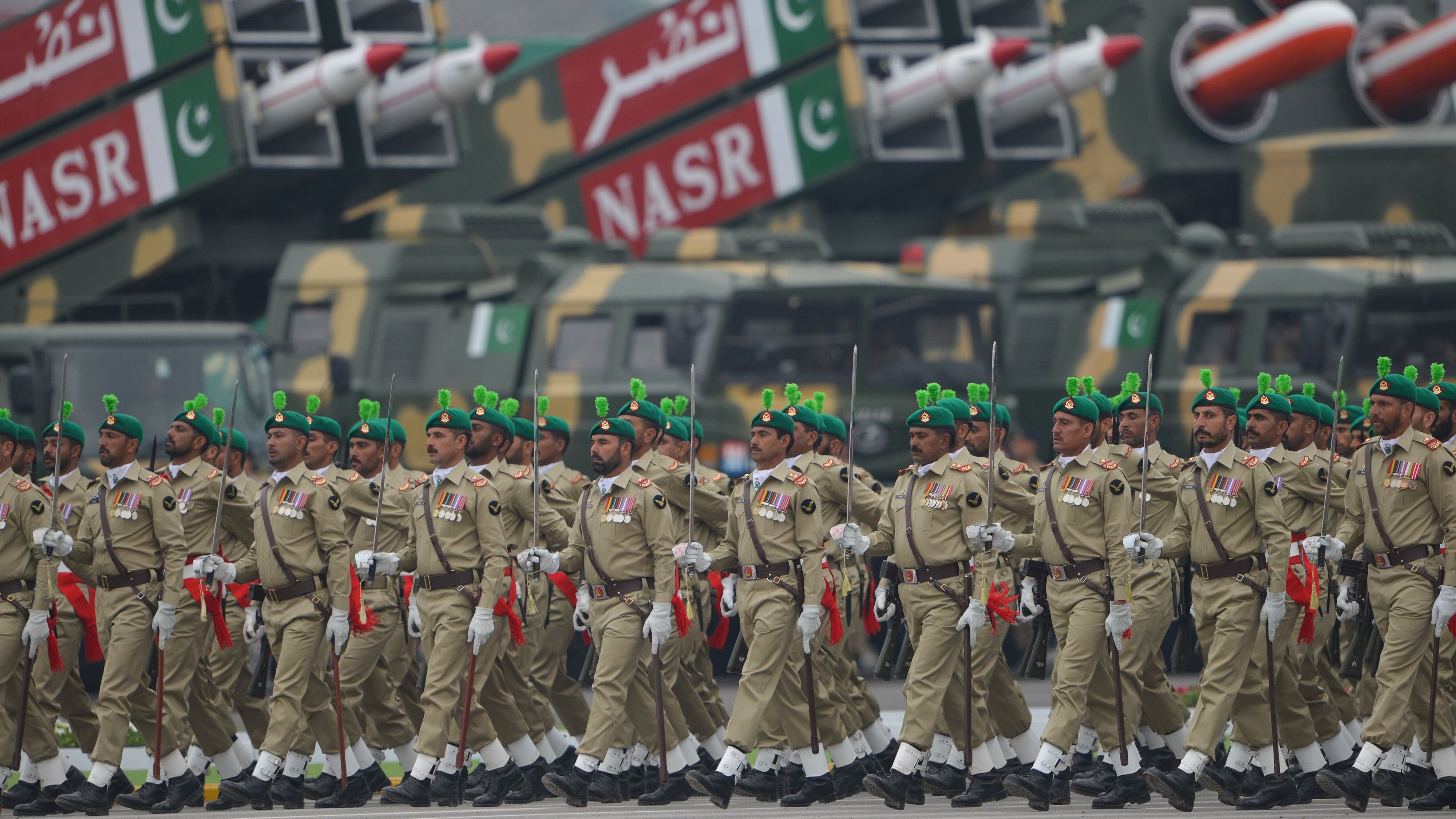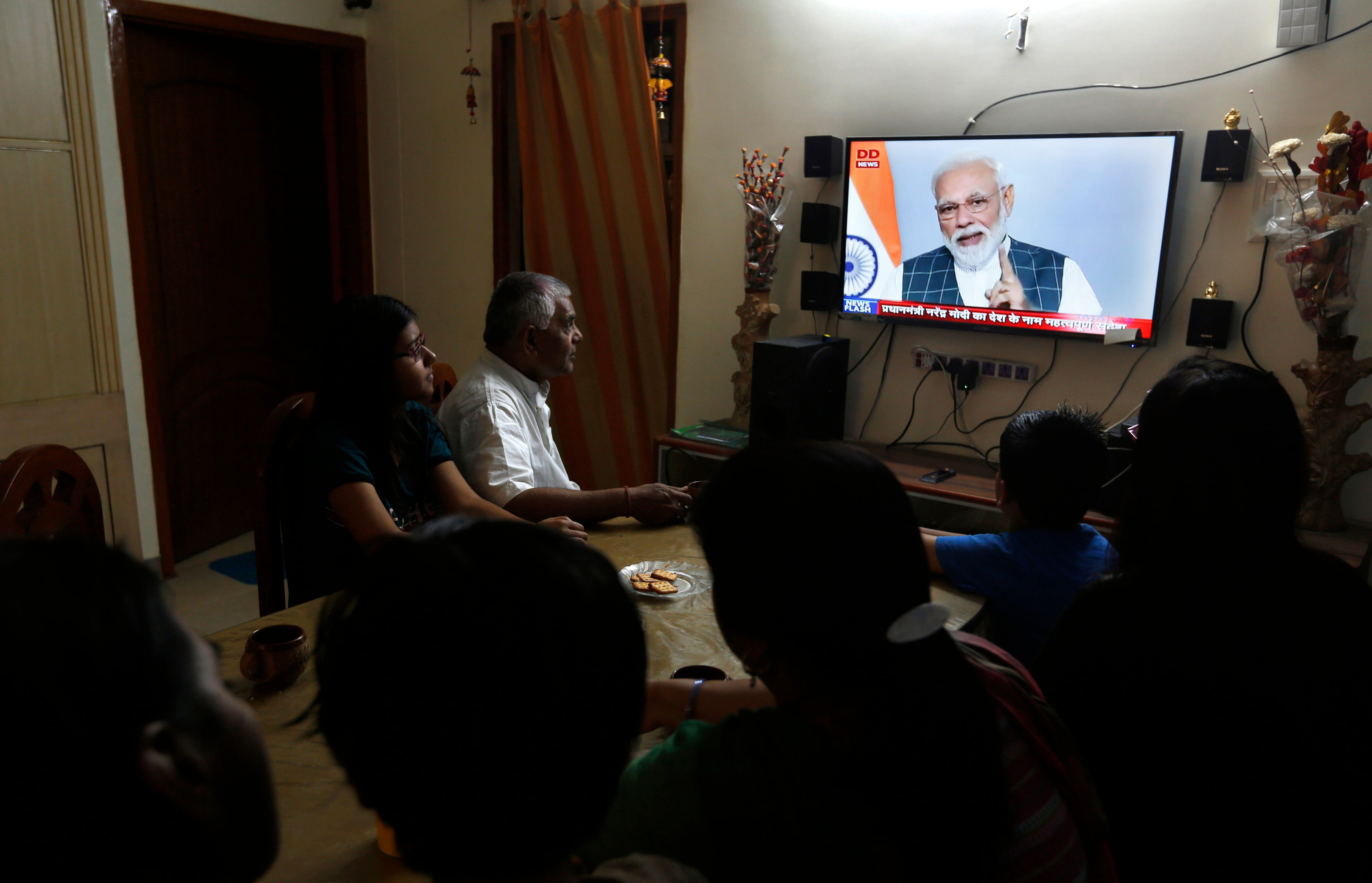ISLAMABAD — The most recent military standoff between India and Pakistan has exposed longstanding gaps in the latter’s defenses that now appear to be receiving renewed attention.
Pakistan reportedly deployed medium-range LY-80/HQ-16 air defense systems in Kashmir to deter further Indian incursions, but analyst and former Pakistan Air Force pilot Kaiser Tufail believes this may not be enough.
During a Feb. 26 airstrike on Pakistani soil, Indian aircraft reportedly launched ordnance 40 kilometers away from Balakot, but any penetration of Pakistan-controlled airspace could not have been deeper than 6 kilometers. “Nonetheless, there is a pressing need for long-range SAMs [surface-to-air missiles] in this era of standoff weapons delivery. There should be no doubt about that,” Tufail said.
In March, Maj. General Asif Ghafoor, the head of Inter Service Public Relations, the Pakistani military’s media branch, announced that the country was in talks with Russia for the procurement of defense equipment, including aircraft as well as anti-tank and air-defense systems.
Pakistan previously showed interest in Russia’s S-300 SAM system, but analyst and former Australian defense attache to Islamabad Brian Cloughley says Russo-Indian defense relations may prevent such a sale.
RELATED

“As the Indians are getting the S-400, I doubt that Russia would provide Pakistan with any SAM system,” he said.
Rather, Pakistan might reconsider another former interest — China’s HQ-9. Though certainly more affordable, it’s debatable whether any HQ-9 variant available to Pakistan is as capable as the latest version of the S-300.

However, citing the “close nature of the defense relationship between Pakistan and China,” aerospace expert Douglas Barrie, with the International Institute for Strategic Studies, believes sourcing a Chinese system “has considerable attraction, not least of all in potentially being able to plug into any future developments China might have.”
But an HQ-9 acquisition may demand organizational changes.

Tufail noted that although the Pakistan Air Force is “responsible for the overall command and control of air defense and operates all early warning airborne [systems] and radars” as well as airfield defenses, the Army operates SAM systems that defend “countrywide vulnerable areas/points as well as over the battlefield.” However, long-range SAM systems would need to be under Air Force control, Tufail added, as the service has “a far greater visibility of the air defense ground environment and can not only manage such a system better, but can prevent fratricide in a [beyond-visual-range] shooting scenario."
While the acquisition of a long-range SAM system remains possible, an accelerated replacement of the legacy Mirage III/5 and F-7P/PG fighter jets is less likely. Pakistan analyst Kamal Alam says options are limited.
“[The Air Force] will look for more in-house capability, as its foreign options are dry, given American pressure on almost all European countries to not supply fast jets to Pakistan. That would mean China is the only option unless America eases up on its [foreign military sales] ban,” Alam said.
Mirage/F-7 squadrons are replaced with JF-17 combat aircraft at a rate of one squadron per year. “However, this would still take five years at least, and could go beyond that time frame if [JF-17] export orders have to be filled,” Tufail noted.
No immediate plans seem to be in place for new air-to-air missiles, however “all weapon systems get upgraded in due course, so we are likely to see newer missiles in the coming years,” he added.
Claims that Pakistan tested the latest Chinese PL-15 beyond-visual-range air-to-air missile (BVRAAM) appear inaccurate, and Tufail thinks the combination of the F-16 armed with the AIM-120 missile and the SD-10A-equipped JF-17 remains effective in light of current threats.
RELATED

Future weapon systems upgrades could include a ramjet-powered system in light of India’s interest in the Meteor BVRAAM to replace R-77/AA-12 Adder missiles and Mica missiles, though Tufail likens Indian criticism of those missiles to “a bad workman blaming his tools.”
He highly rates the R-77 and Mica and believes the Indian Air Force “simply got surprised and overwhelmed” by the Pakistani daytime strike on Feb. 27. That airstrike took place over the cease-fire line in the disputed region of Kashmir. Indian jets responded and a confrontation ensued.
“That is not to say that the Meteor is not amongst the best, but it, too, might be rendered toothless if the [Indian Air Force] employs it as poorly as it did on Feb. 27,” he said.
Usman Ansari is the Pakistan correspondent for Defense News.







